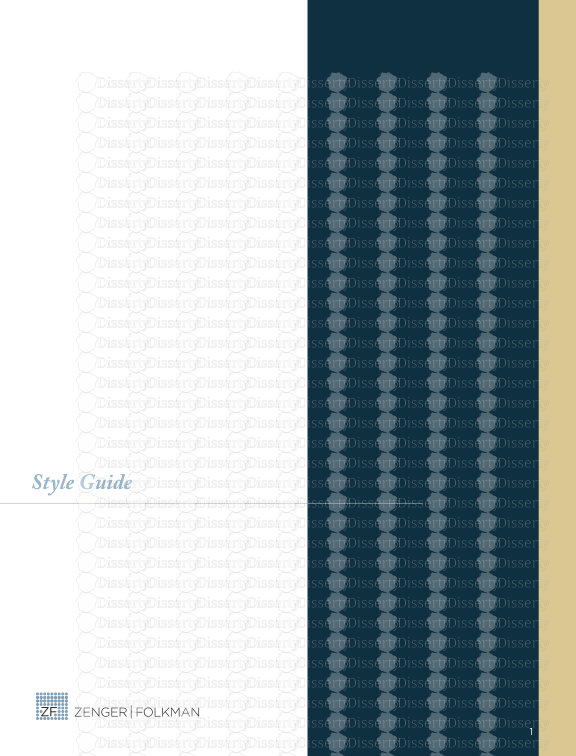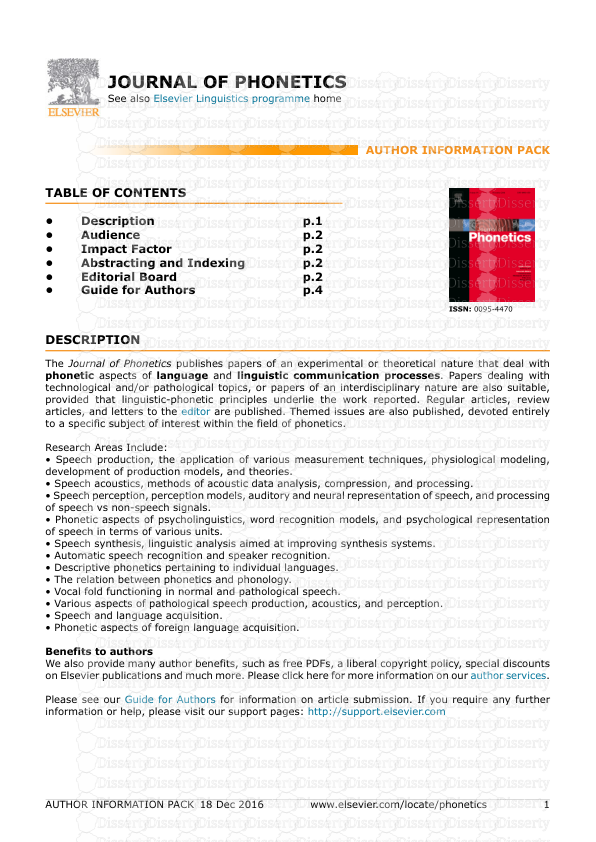Proposed RP 643A (T) Ballot Version—1 ©2007—TMC/ATA Recommended Practice Propos
Proposed RP 643A (T) Ballot Version—1 ©2007—TMC/ATA Recommended Practice Proposed RP 643A (T) VMRS 016-008-000 AIR-RIDE SUSPENSION MAINTENANCE GUIDELINES PREFACE The following Recommended Practice is subject to the Disclaimer at the front of TMC’s Recommended Maintenance Practices Manual. Users are urged to read the Disclaimer before considering adoption of any portion of this Recommended Practice. PURPOSE AND SCOPE This Recommended Practice (RP) provides a system approach to proper adjustment and mainte- nance of air-ride (low-friction) suspensions for medium- and heavy-duty trucks. This approach is designed to maximize suspension performance. This document covers: • Shock types, inspection and replacement recommendations. • Air springs and related air components. • Fastener and bushing maintenance for suspensions. It also offers maintenance guidelines for torque rods used on Class 8 tractors and straight trucks used in on-highway applications. For recommended prac- tices on selection and installation, see TMC RP 654, Torque Rod Selection and OEM Installation Guide- lines for On-Highway Vehicles. REFERENCES 1. DEVINE Project 2. Commercial Vehicle and Highway Dynamics (SP-1201) INTRODUCTION During the past 50 years, suspensions have evolved from a simple axle-to-frame connection system into sophisticated air-ride systems. Air ride suspensions offer reductions in tire wear, road wear, and fuel consumption. These suspensions reduce vibration by as much as 60 percent, helping to protect sensi- tive electronics component. They also contribute to driver comfort, cargo diversity, and cargo protection. Although today’s air ride suspensions are consid- ered rather durable, system components must be maintained to prevent them from becoming dam- aged, misaligned or worn. This RP describes air-ride suspension characteristics and minimum mainte- nance requirements. AIR-RIDE COMPONENT DESCRIPTIONS 1. Shock Absorbers—The shock absorbers’ pri- mary role is to dampen truck and trailer spring oscillation. Shocks’ second functional responsibility, on many air ride suspensions, is limiting axle exten- sion travel. Shock absorbers’ roles have changed dramatically in recent years. Previously, most suspensions had heavy, multi-leaf springs with limited travel and a great deal of inherent friction. These suspensions quickly self-damped and, therefore, limited the amount of work the shock needed to perform. With today’s more sophisticated suspensions, shocks have become increasingly important to ride control and suspension maintenance. Road impact studies,*Ref. 1, 2 as they relate to air ride suspensions, indicate that peak forces experienced by tires are reduced in amplitude with air suspen- sions using properly working shocks. Tests also have shown that air ride suspensions with properly working shocks reduce road damage. A reduction in related stress also suggests lower maintenance costs. Shock Absorber Types Described: • Conventional Hydraulic—This is the stan- dard original equipment shock design used on Class 7-8 commercial vehicles. The flow of the fluid inside of a shock absorber is typically controlled by recoil and compression valves. The fluid is forced through the control paths by the motion of the suspension. As that occurs, the fluid heats up. The heat is energy that is being removed from the system. This pro- cess, converting energy into heat, dampens the motion. • Twin Tube Gas—Similar to a conventional hydraulic shock. The main difference is that the air within the conventional shock is re- placed with pressurized nitrogen gas which Issued 6/2000 Revised x/xxxx Proposed RP 643A (T) Ballot Version—2 ©2007—TMC/ATA helps the shock on light suspensions react more quickly by replenishing the inner cylin- der faster. • Twin Tube Gas Cell—A gas cell has been added to a conventional shock to separate the oil from the gas. By maintaining separation of hydraulic oil and gas/air helps reduce fade as a result of aeration (foaming). Recommended Shock Absorber PM Maintenance Scheduled Replacement: TMC highly recommends establishing a shock re- placement schedule. To protect vibration sensitive components and to provide for a safe ride and control, shocks should be changed before they break or are worn beyond effective dampening perfor- mance. The shock absorber is a wearable item designed to protect other more expensive compo- nents. The amount and rate of wear depends on the types of operating environments the truck experi- ences and the component design. No one applica- tion or fleet is identical due to differences in roads, cargo, type of suspension and operator. Shock absorbers used on air-ride or taper-leaf sus- pensions for on-highway vehicles should typically provide effective dampening control for 150,000 miles (100,000 miles for vocational applications). Beyond this point, greater consideration should be given to the effectiveness of the shock’s dampening value due to performance deterioration. At some point this deterioration could have an effect on other components. For example, tire wear can be attrib- uted to worn shocks. Because of this, some fleets have found it beneficial to install new shocks when installing new tires so as to maximize tire life. NOTE: Shock absorber ser- vice life varies among manu- f a c t u r e r s . Equipment us- ers should con- sult with their c o m p o n e n t supplier for spe- cific recom- mended prod- uct life cycle es- timates. Maintenance Schedule “A” PM Inspection (15,000 miles) Visual Inspection • Replace shock if end mount or dust tube is cracked or the body is dented. • Replace bushings (or the shock if the bushing is not replaceable) if upper or lower bushing is deformed or worn. • Tighten loose mounting hardware (do not over squeeze bushing). • Replace shock if leaking. Be sure the shock is leaking vs. misting. A shock is leaking when the upper rod seal is damaged and allows a steady flow of fluid to leak out. Misting occurs when oil on the rod evaporates due to high heat and then condenses on the body leaving a fine oily residue. This is common in the summer and in hot environments and should not be of concern. (See Fig. 1.) “B” PM inspection (50,000 miles) Heat Test If there is ride deterioration and it is suspected that a shock has internal failure, which is visually undetect- able, perform the following heat test within a few minutes of operating the equipment. (A heat gun may speed the process.) 1. Touch the metal portion of the chassis to get a temperature reference point. 2. Carefully touch or take a temperature, reading on the main body of the shock absorber near the bottom mount. Be careful not to measure the heat of the dust tube. 3. Proceed to the opposite side of the truck and again and carefully touch or measure the shock body temperature on the shock oppo- site its counterpart on the same axle. (This should be done for each of the shocks.) 4. Both shocks should be warmer than the refer- ence point when touched, and be similar in temperature to each other. 5. Suspect a cooler or cold shock as possibly having failed. (If measuring the temperature with a heat gun, there may be up to a 20 percent temperature difference between the two compared shocks. If greater than 20 per- cent, it may indicate a shock failure and should be removed for closer examination. 6. If a shock fails the heat test, remove it for closer inspection. Check for visible signs of wear. Turn the shock upside down and shake while listening for any rattling which would indicate a broken internal piece. Also stroke Fig. 1 Proposed RP 643A (T) Ballot Version—3 ©2007—TMC/ATA the shock several times in an upright position to determine if there is any resistance. 7. Additional Maintenance Steps for Gas and GasCell Shocks. • Gas Charged Shocks—Disconnect the shock from the upper bracket or bolt. Com- press the shock by pushing down on the shock towards the lower mount. After com- pressing the shock, release the upper portion. It should quickly extend upward to its full length. If it does not fully extend, replace it. • Gas Cell Shocks—After the shock sus- pected of failure is removed, hold the unit horizontally and stroke back and forth. If a lag develops, replace the shock. Other Possible Indications of Worn Shocks 1. Tire cupping (Per PM inspection recommen- dations). Other causes which may aggravate tire cupping are: • Out of balance tires. • Loose suspension components. • Alignment-related issues. 2. Ride deterioration. 3. Excessive vibration causing premature wear on cab, electrical, and cooling system compo- nents. AIR SYSTEM MAINTENANCE TMC RP 643 defines air systems to include air springs, air lines, and leveling valves. Normal air system maintenance must be performed because dirt, water and other contaminants can damage the air system. Many systems include an air line filter to reduce the effects of contaminants. TMC recom- mends routine inspection and filter replacement if an air line filter is used. Recommended Air System Maintenance and Inspection Daily Maintenance Drain air tank using the moisture ejector valve. “B” Inspection (50,000 miles) – Air Spring 1. Visually inspect air spring for cracks, gouges, distortions, bulges and chafing. Replace dam- aged air springs. If the air spring is damaged, there is a high probability that there may be other problems with the suspension. 2. Check air suspension for leaks. With vehicles loaded uploads/Litterature/ rp-maint-guide.pdf
Documents similaires










-
35
-
0
-
0
Licence et utilisation
Gratuit pour un usage personnel Attribution requise- Détails
- Publié le Fev 22, 2021
- Catégorie Literature / Litté...
- Langue French
- Taille du fichier 0.8340MB


